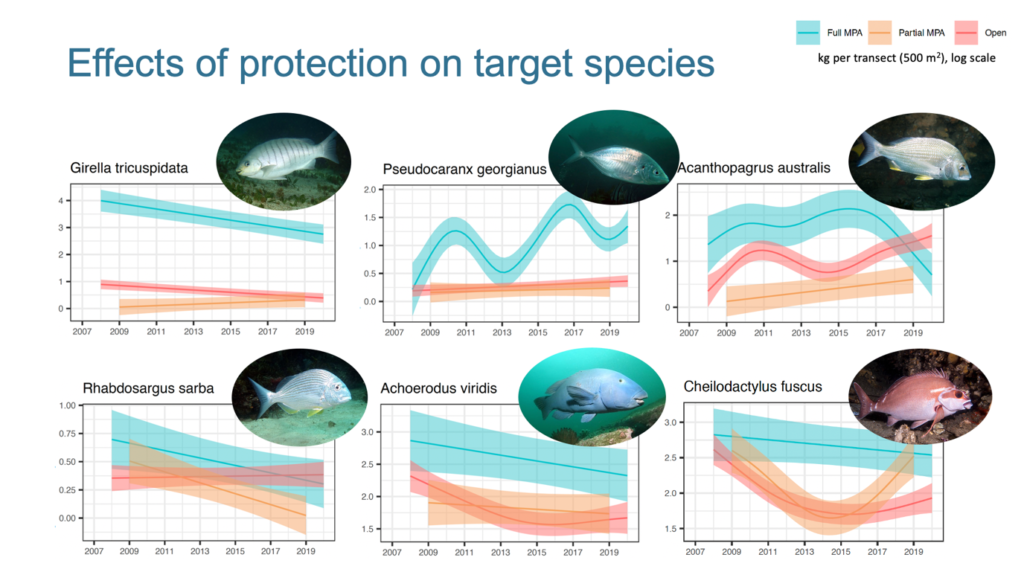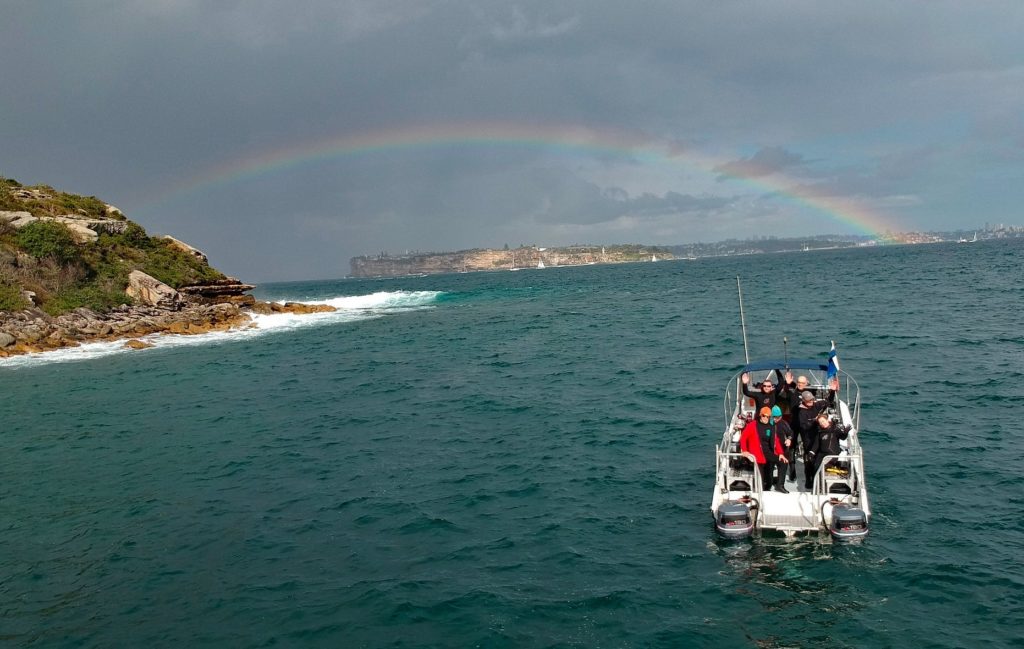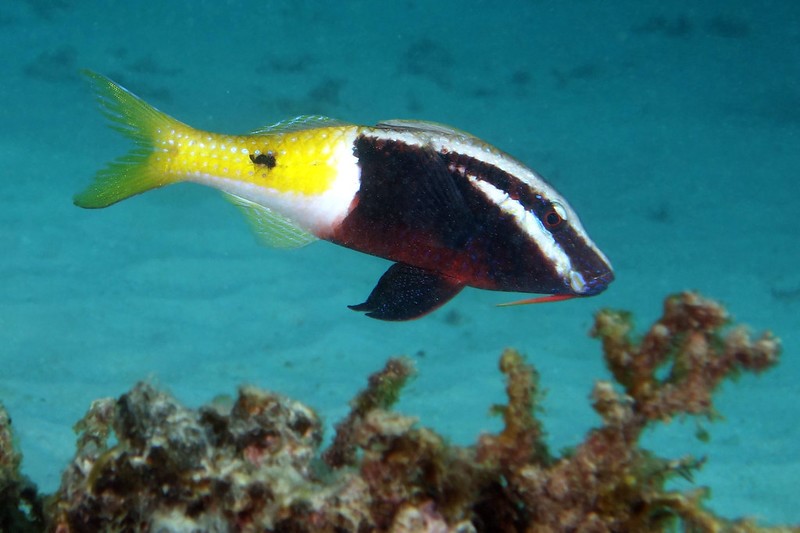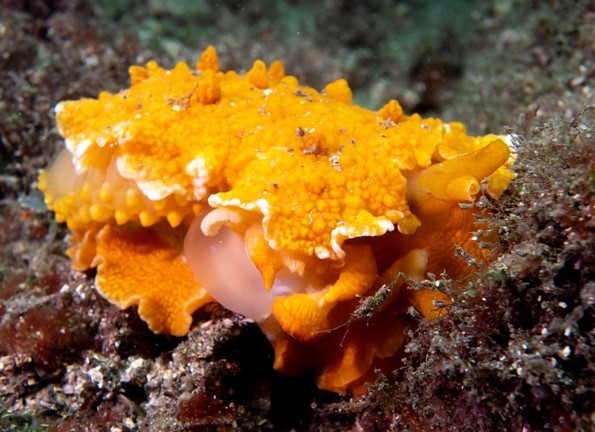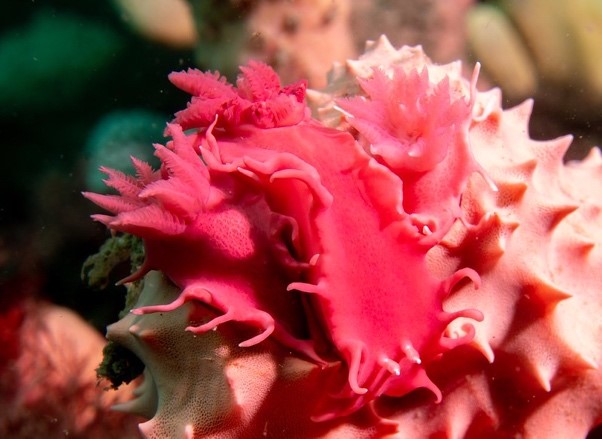It’s hard to write an RLS report with so much change going on around us. In the turmoil of the first half of 2020, I for one, and I think the rest of the Sydney RLS team have found some stability in doing surveys. Apart from a short period where it was unclear whether SCUBA diving was considered exercise (which it turns out it was), we’ve been able to maintain our social distancing and keep the surveys going.
Part of this is, of course, the desire to maintain our annual data set, but it’s also been about planning and achieving something positive and the sense of wellbeing that comes from being underwater. Running the transect, immersing yourself in that short 50 m stretch and everything that lives in it brings a focus and calmness that is a welcome relief from the stress of daily life above.
Safety was of course paramount this year as always, so we had new rules about how many people could come on the URG boat, with no sharing of gear or food and so on. Shore diving was also possible under the distancing rules. Data entry and IDs were done at home - the Sydney team all live locally, so there were no worries with accommodation or travel.
The results? We completed 71 surveys this year, spread over 31 sites among five divers – Josh Moloney, Martin Puchert, Lou de Beuzeville, Kris O’Keeffe and me. Perhaps it was the desire to get out and do something tangible, but this is more than we do in a regular year - we typically do between 20 and 30 sites. It was an amazing effort, so here’s a massive thanks to the RLS divers and Underwater Research Group for the use of their boat and the assistance of boat sitters Pablo, JV and Denise! The RLS team is shown here surveying under a rainbow no less, inside North Head:
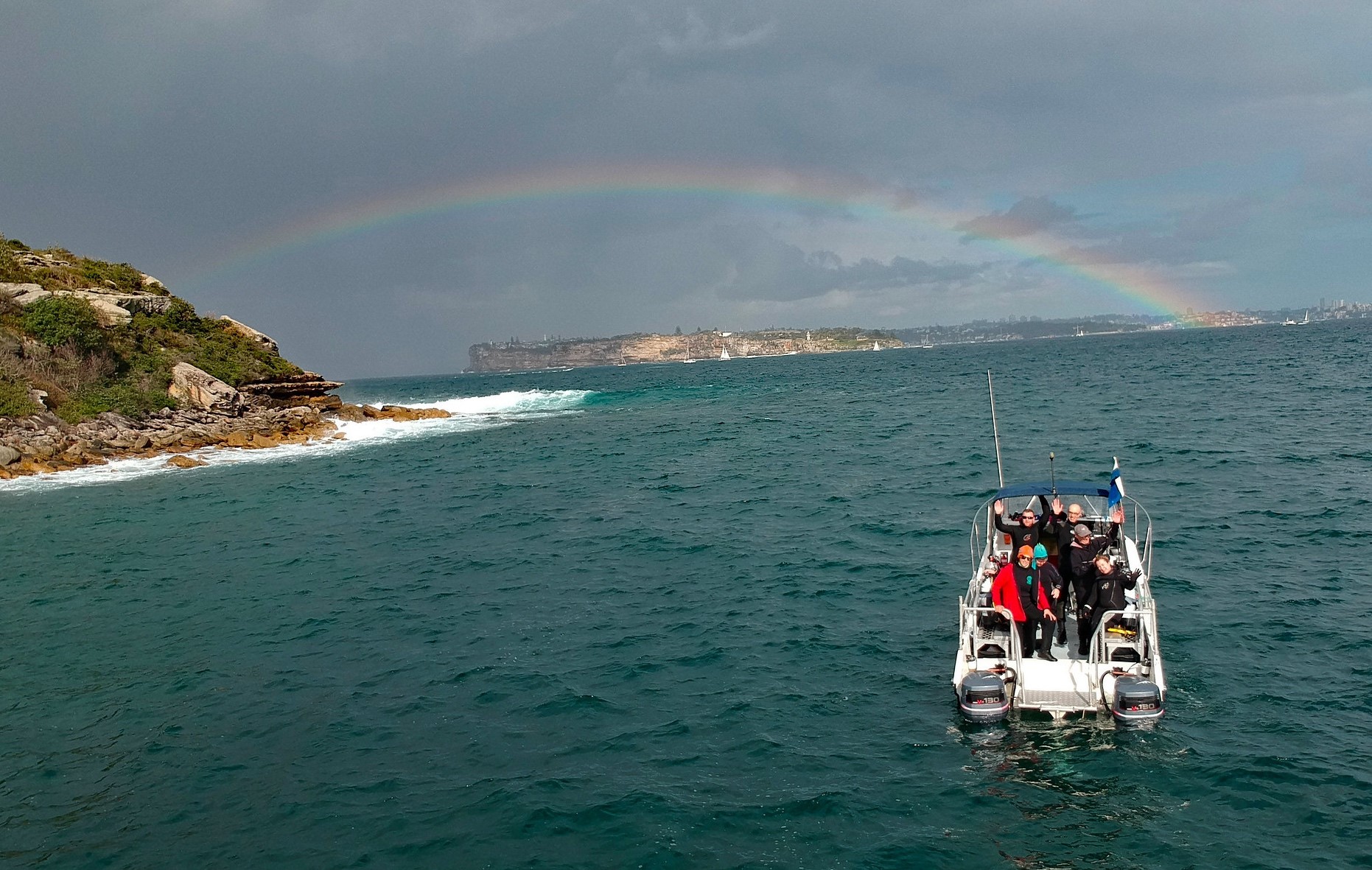
We also commenced training of some new RLSers, but with the limited numbers allowed on the URG boat the training took longer than usual and is still ongoing. Nonetheless our trainees have made great progress and I hope will be able to contribute data later this year.
We recorded over 45,000 fish and almost 20,000 invertebrate individuals this year. The most abundant species are shown below; species and total count across all surveys:
| Invertebrates (M2) | Abundance |
|---|---|
| Centrostephanus rodgersii (Long spine urchin) | 13590 |
| Australium tentoriiforme (Tent shell) | 5416 |
| Turbo torquatus (Turban shell) | 326 |
| Phyllacanthus parvispinus (Eastern pencil urchin) | 186 |
| Cabestana spengleri (Spengler's triton) | 162 |
The most common species (on the most transects) were as follows; species and the % of transects they were on:
| Fish (M1) | Frequency on surveys |
|---|---|
| Trachinops taeniatus (Eastern hulafish) | 91% |
| Parma microlepsis (White ear parma) | 81% |
| Atypichthys strigatus (Mado) | 74% |
| Notolabrus gymnogenis (Crimson banded wrasse) | 65% |
| Cheilodactylus fuscus (Red morwong) | 58% |
| Cryptic Fish (M2) | Frequency on surveys |
|---|---|
| Apogon limenus (Sydney cardinalfish) | 57% |
| Istigobius hoesei (Hoese's goby) | 38% |
| Hypoplectrodes maccullochi (Half banded sea perch) | 27% |
| Enneapterygius atrogulare (Ringscale threefin) | 26% |
| Pempheris affinis (Black tip bullseye) | 25% |
| Invertebrates (M2) | Frequency on surveys |
|---|---|
| Centrostephanus rodgersii (Long spine urchin) | 86% |
| Australium tentoriiforme (Tent shell) | 68% |
| Phyllacanthus parvispinus (Eastern pencil urchin) | 49% |
| Turbo torquatus (Turban shell) | 34% |
| Cabestana spengleri (Spengler's triton) | 30% |

Some of the more interesting species were:
We also were fortunate to be the first location to run a public webinar presenting the trends in Sydney’s marine life over the last ten years of RLS surveys. We had a great turnout - over 60 people - and lots of interesting questions over the hour. The headline results were
You can watch the webinar HERE or check out our video on RLS in Sydney below!

